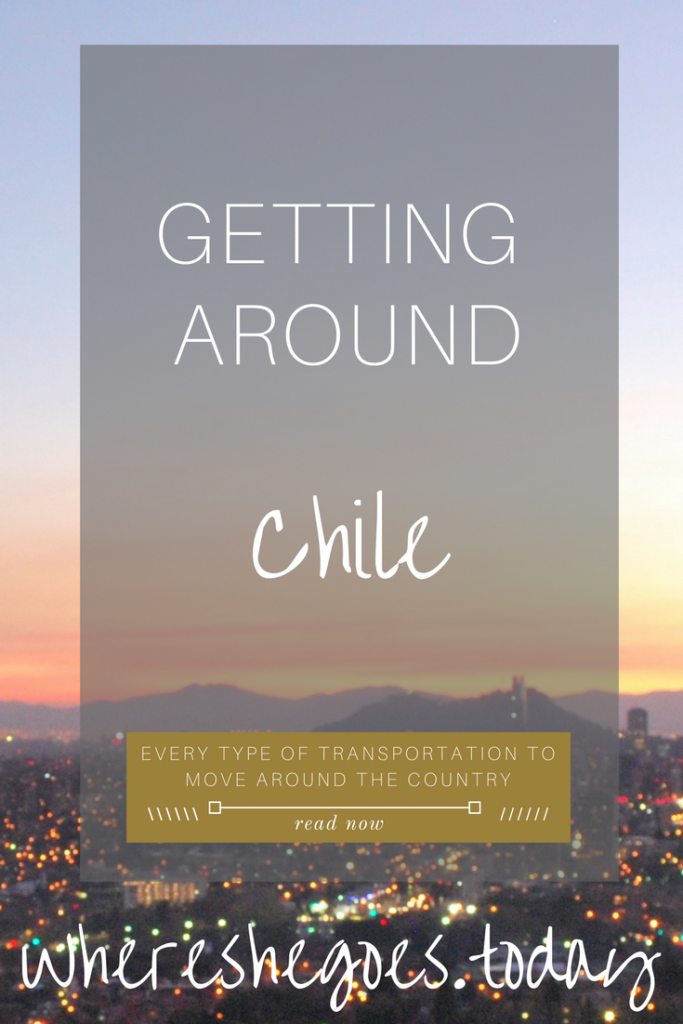Chiloe is a beautiful island in the south of Chile. Know for its mythology of witchcraft and old wives tales, this island has some magical places that you won’t find anywhere else in Chile. Upon your arrival, you’ll see lush forests and iconic wooden churches that can easily be explored by car, bike, bus, or foot.
My month-long trip through the south of Chile only allowed me 3 days on the island but I could have easily stayed for 3 more days just to explore traditional chilote life and maybe a few more hikes through its national parks. I decided to rent a car as I was traveling with a few friends and figured the cost would be the same as going in a bus with 100% more freedom. It was totally worth it. We rent the car from the Puerto Montt Airport early in the morning and then made our way to the island.
If you notice on my map, I focused my trip on the northern part of the island. Each day is marked with a different color and then I’ve detailed each day below. Enjoy
Day 1: Puerto Montt-Castro
Distance Drove: 205 miles
Start point: We arrived at the Airport at around 8 am to rent our car. Once we were in we headed straight to the island of Chiloe. The only way to the island with the car is by taking the ferryboat from Pargua to Chacao. Each way will cost you 12.000 CLP (18 USD) and the charge is per vehicle and not per person.
Stop 1: Breakfast in Ancud.
This is one of the larger cities on the island and we knew we needed to fuel up here before heading on. We made our way to the Plaza de Armas to park and started wandering around until we found a small breakfast bar to eat. I think we spent about an hour in total to eat and take a couple of pictures before our next stop to see the Penguins.
Stop 2: penguin colony at Puñihuil
Who doesn’t love a cute little penguin? This is a must-see spot when visiting the island. There are 3 islands that both Magellanic and Humboldt penguins call home. I visited during the last week of November and was able to see baby penguins that were just born about a week ago! They will hang around the island until about April when the babies are strong enough to travel. The tour lasted about 35-45 minutes and cost 7,000 CLP (10 USD) per person.
Stop 3: Lunch in Dalcahue
Since we were not in any rush, we decided to forgo the main highway and take a side road that went south along the coast and then cross over towards Dalcahue for lunch. I would definitely recommend doing this because you will see a mixture of farmland, forest, and the traditional Chilote houses that everyone loves to see. We had lunch in a small restaurant on the Costanera called Restaurante Palafitos Dalcahue where I had Chupe de centolla, which is a king crab casserole. It was to die for and only 7.000 CLP (10USD)
Stop 4: Churches on Island Quinchao
Right in front of Dalachue, you’ll see the Island of Quinchao. This island has several iconic churches. Chiloe has over 150 churches and only 16 of them form part of the UNESCO World Heritage site. This island has 3 of them, one of them being the largest of them all. We took a small ferryboat that cost 2.500 CLP (4 USD) each way and headed towards Quinchao, Achao, and Curaco de Velez (in that order)
Stop 5: Sleep in Castro
We decided that Castro, the island’s largest city, would be the best place to sleep in both nights because it was the most central spot and we wanted to check out the nightlife on the island. We stayed at Hotel Esmeralda located near the Plaza de Armas. Breakfast was included and we stayed in an apartment style room that had a small kitchen and living space.
Day 2: Muelle del Alma
Distance Drove 78 Miles
Stop 1: Muelle del Alma
One of the main reasons I wanted to come to Chiloe is this bridge. Legend has it that when a person dies, their spirit must go come to this area and call for the Tempilkawe, a mythical character who comes in on a boat of foam and takes the soul of the deceased. This bridge was built to honor this legend and keep it alive. From Castro, it took us about 1 ½ hours to get there. The signs are very clear on how to get there. The best time to visit is before 12 noon. During the high season (Dec-Feb) you can be waiting 3-4 hours to get a picture on the bridge. The space is pretty small and I don’t know about you, I hate being rushed to get the perfect shot.
Park entrance fee is 1.500 (2.50 USD) per person and parking is 2.000 CLP (3USD) per vehicle. Once you park your car, you have about a 1 ½ mile (2KM) walk that will take you about 30-45 minutes depending on how fast you want to walk. The view is beautiful and you’ll find white paint on the trees that will indicate the route so you don’t get lost.
Once we came back to the car, we noticed a small food truck selling water and empanadas so we decided to grab a snack before getting back into the car.
Stop 2: Late lunch at Chonchi.
I was told by several people to stop in the little seaside town for lunch and let me tell you it did not disappoint. We made our way to the shoreline and parked the car to start exploring. We went into several artisanal stores before eating at “El Trebol” where I had fried Chilean sea bass.
Stop 3: Castro
Before heading back to Castro, we stopped several times to admire the Chilote architecture. Right before getting into town there is a lookout that I highly recommend stopping at called “Mirador Gamboa”. That’s where you’ll see all the typical houses on stilts.
Day 3: Tocoihue Waterfall and Churches
Distance Drove: 163
Stop 1: Tocoihue Waterfall
We heard about a waterfall along the iconic route of the churches so we decided to check out. We were warned by the local people not to follow the route on Google maps because it will take you down a road that is in terrible conditions. Near the Tocoihue Church, you’ll find a road that forks from a one-way street. Go down that road, even if your going against traffic, trust me, it will lead you to where you want to go. Check out the map above and you’ll see what I’m talking about. You’ll find a house with a sign that says “Casacadas”, its nothing special but a young man will greet you and charge 1.000CLP (2USD) per person to enter the park. You can get up close and personal with the waterfall or just take a look from above at the lookout.
Stop 2: Tenaun Church
This is probably one of my favorite churches on the island. Back in 2011, I visited this part because my cousin’s husband bought a piece of land very close to Tenaun and I spent about 2 weeks camping and connecting with nature. I think I met everyone in that small town and there is a small restaurant that I highly recommend called “El Cañazo”. If you want peace and quiet, this is the place to go.
Stop 3: Acuar Island
I saw that there was a church in the middle of the water on my google maps that caught my attention. I felt the need that I needed to see it but the maps didn’t explain well how to get there. So we followed this dirt path and found this really long bridge with a sign that said, “welcome to Acuar Island”. We went on the bridge and found the cutest church surrounded by several national trees and bushes that have been planted on the island. Totally worth the stop!
Stop 4: Quemchi
Our last stop on the island was to have lunch in Quemchi. I don’t even want to recommend stopping here because our lunch service was so terrible we lost about 2 hours of our day. I would say the only thing that made it worth our while was to see all the colorful boats parked along the coast waiting for the tide to come up.
Stop 5: Puerto Varas
Since our lunch took longer than expected we skipped the rest of the Church route, which is along w-15, and took Highway 5 to leave the island. We still had a couple more days with the rental car so we decided to visit Puerto Varas and the surrounding areas. You can read that post here.
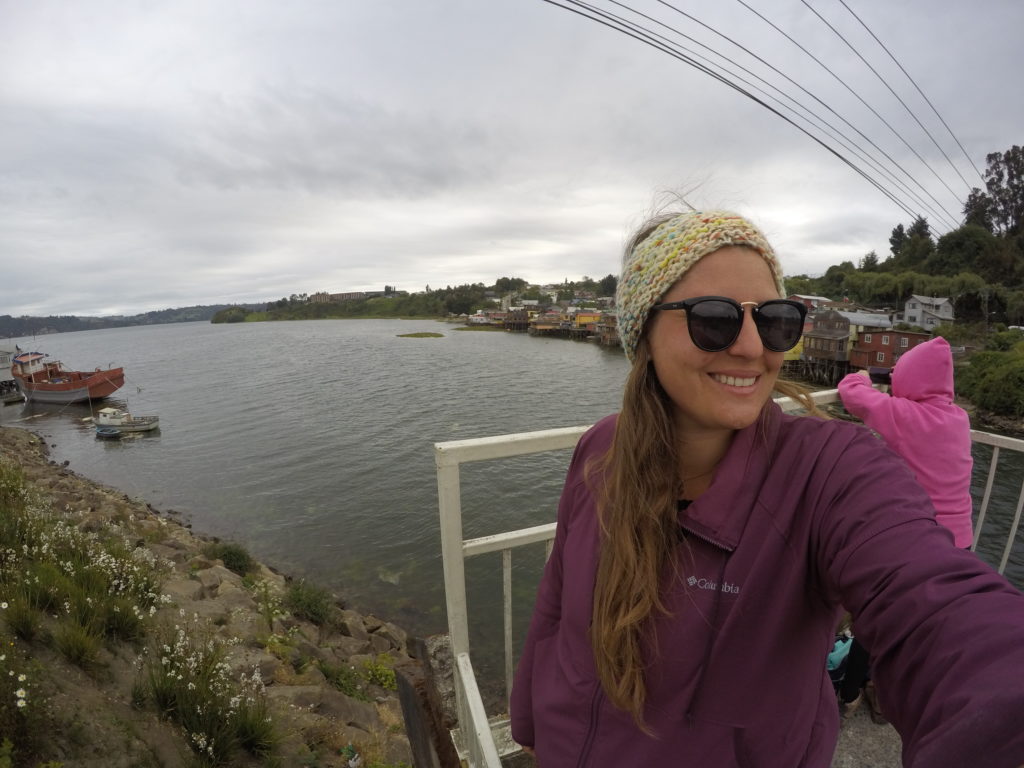
.
There is so much to do on the Island that 3 days is a perfect introduction. If you want to stay a couple more days I would recommend going down to Quellon, the southernmost city on the island and is the end station of the Panamerican Highway, considered the longest highway in the world. Close by is the Tantauco National Park, which has one of greatest biodiversity in the world and some great hikes. I know personally, I need to come back and see this for myself.
I hope this guide has helped you plan your own trip to this magical island. Let me know if you need additional help or comment below if there is a place that you think is a great spot to stop!
Remember when you give good, you get good.
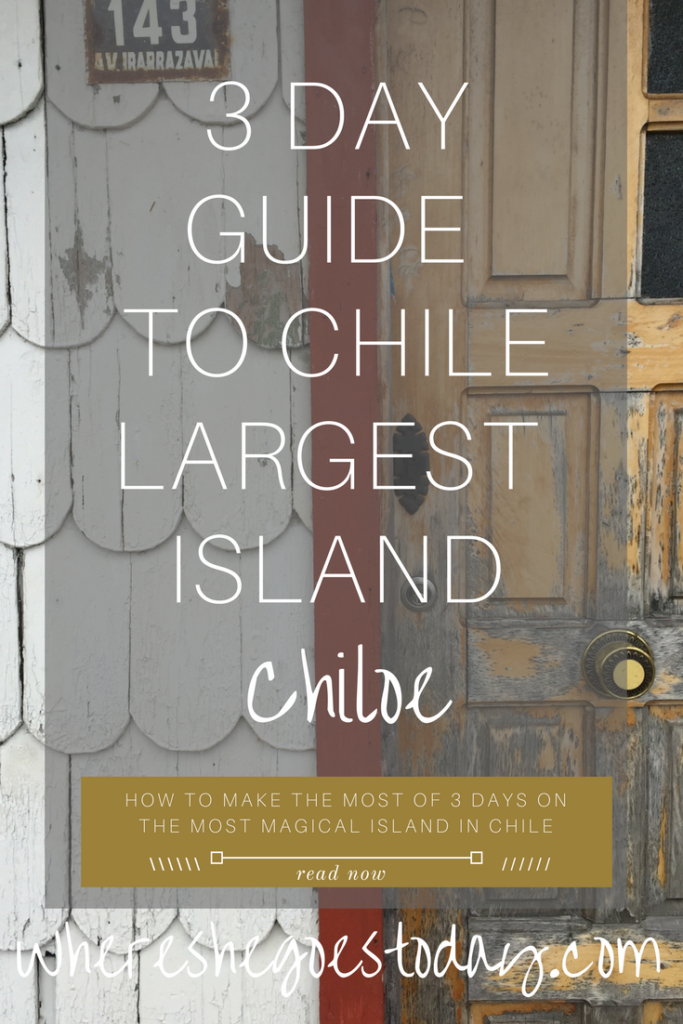

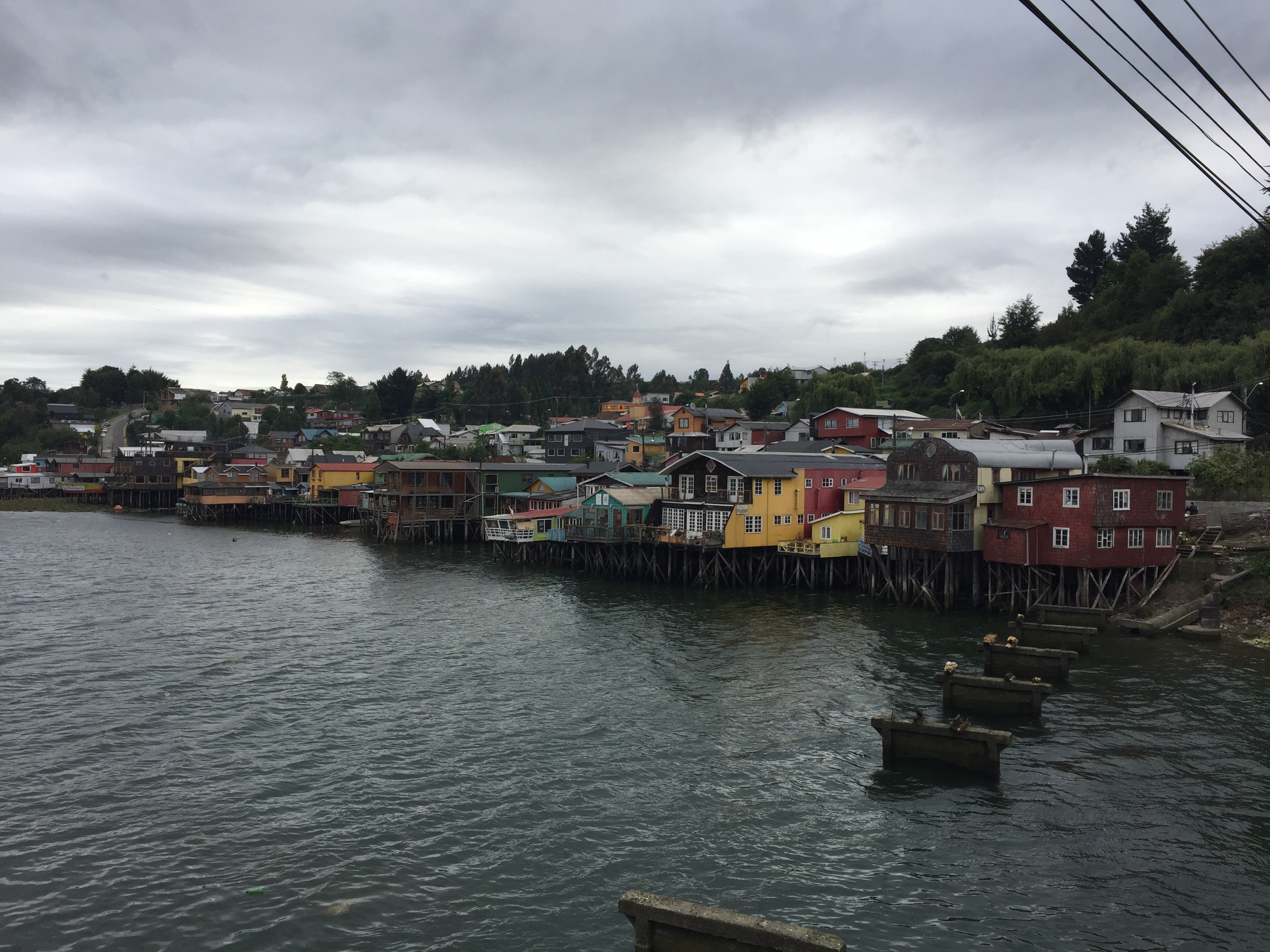
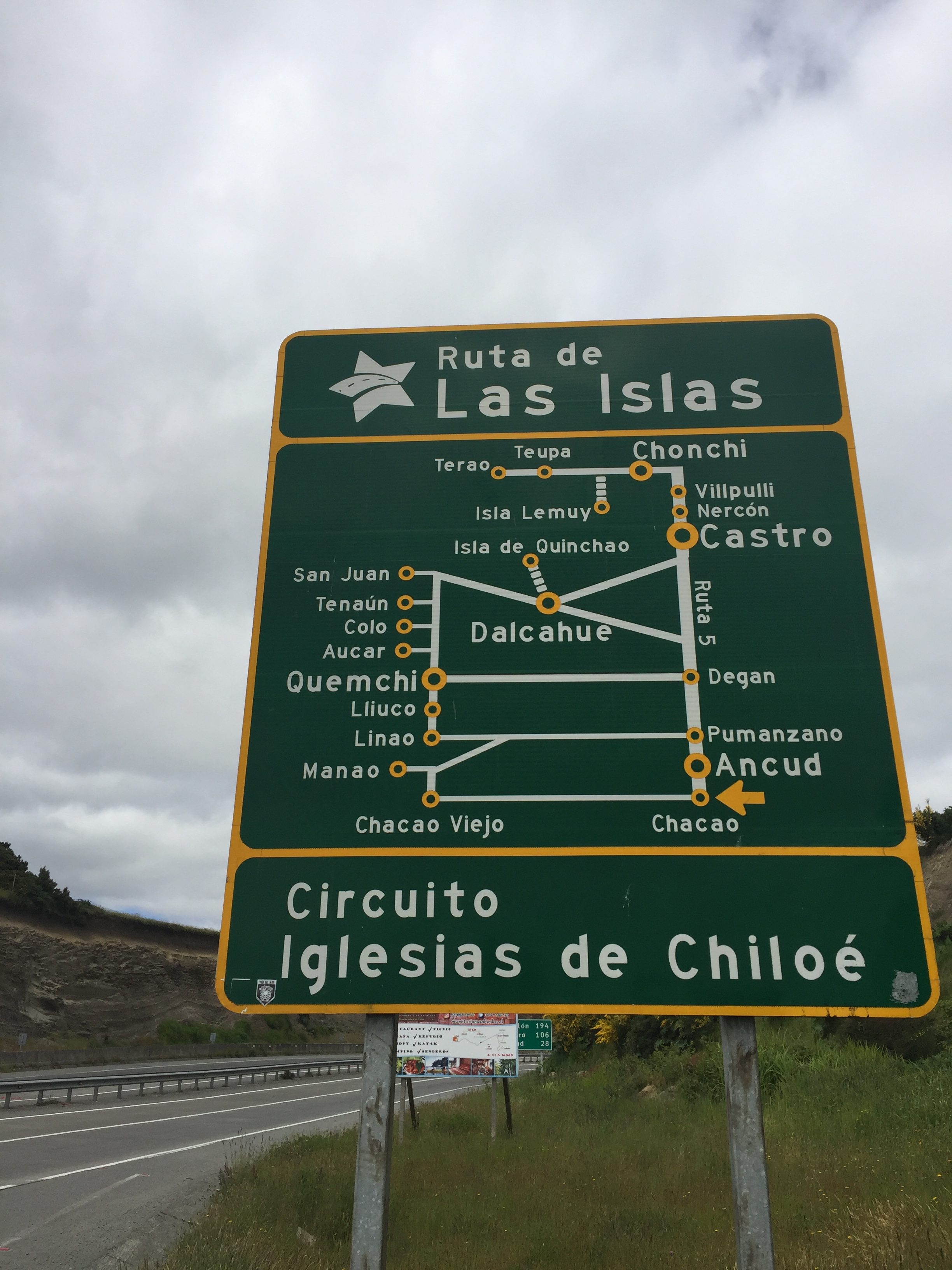
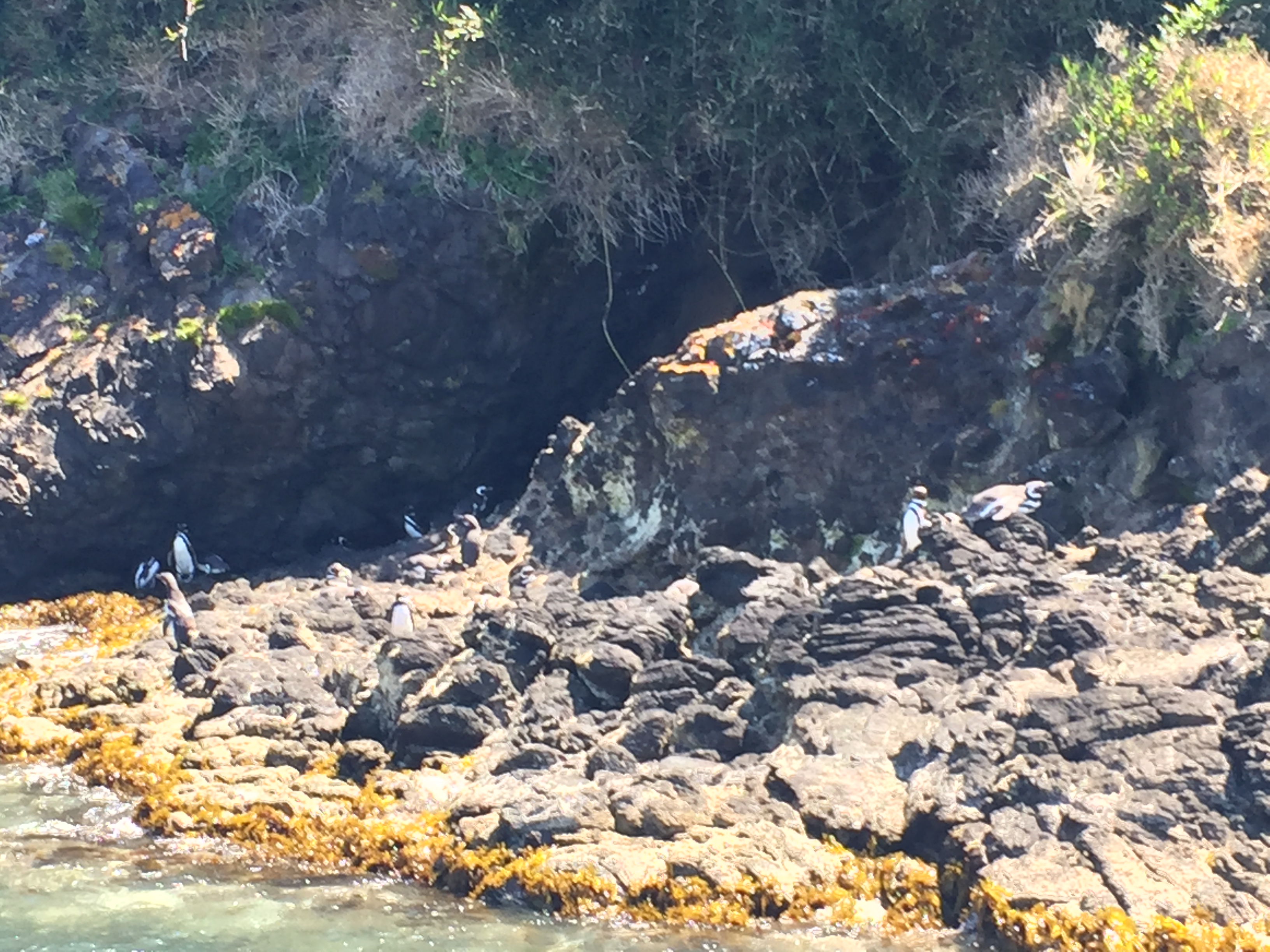
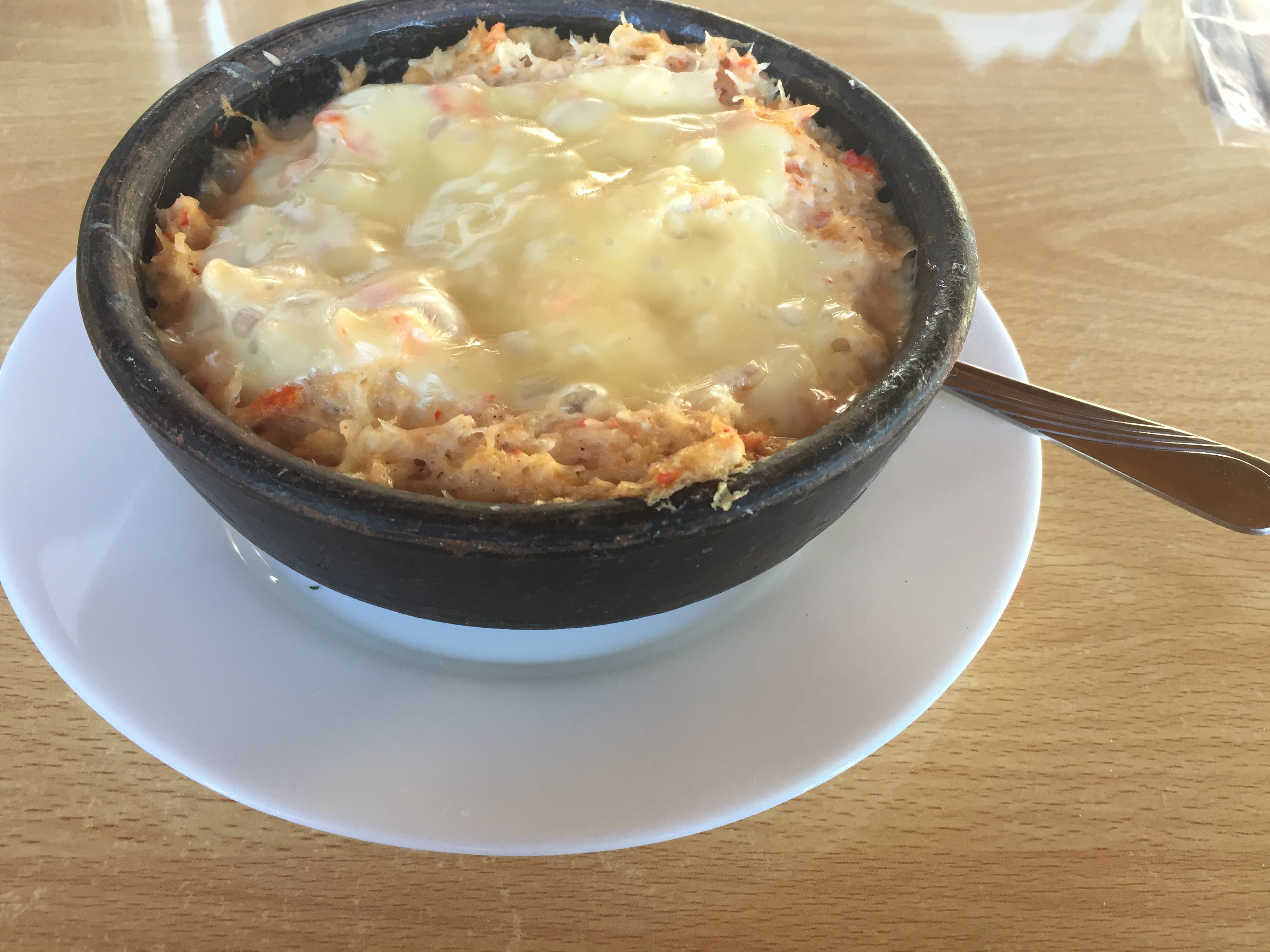
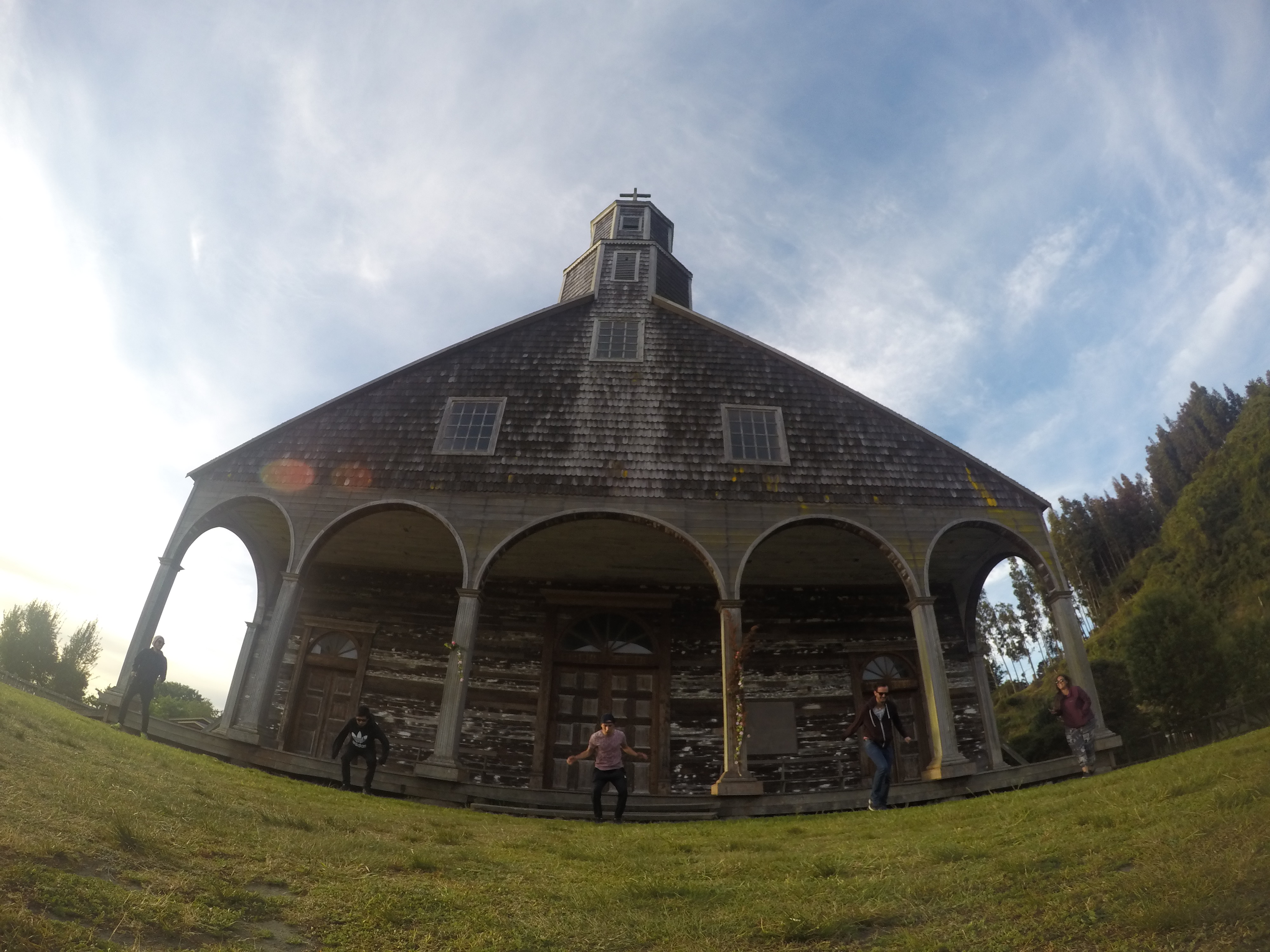
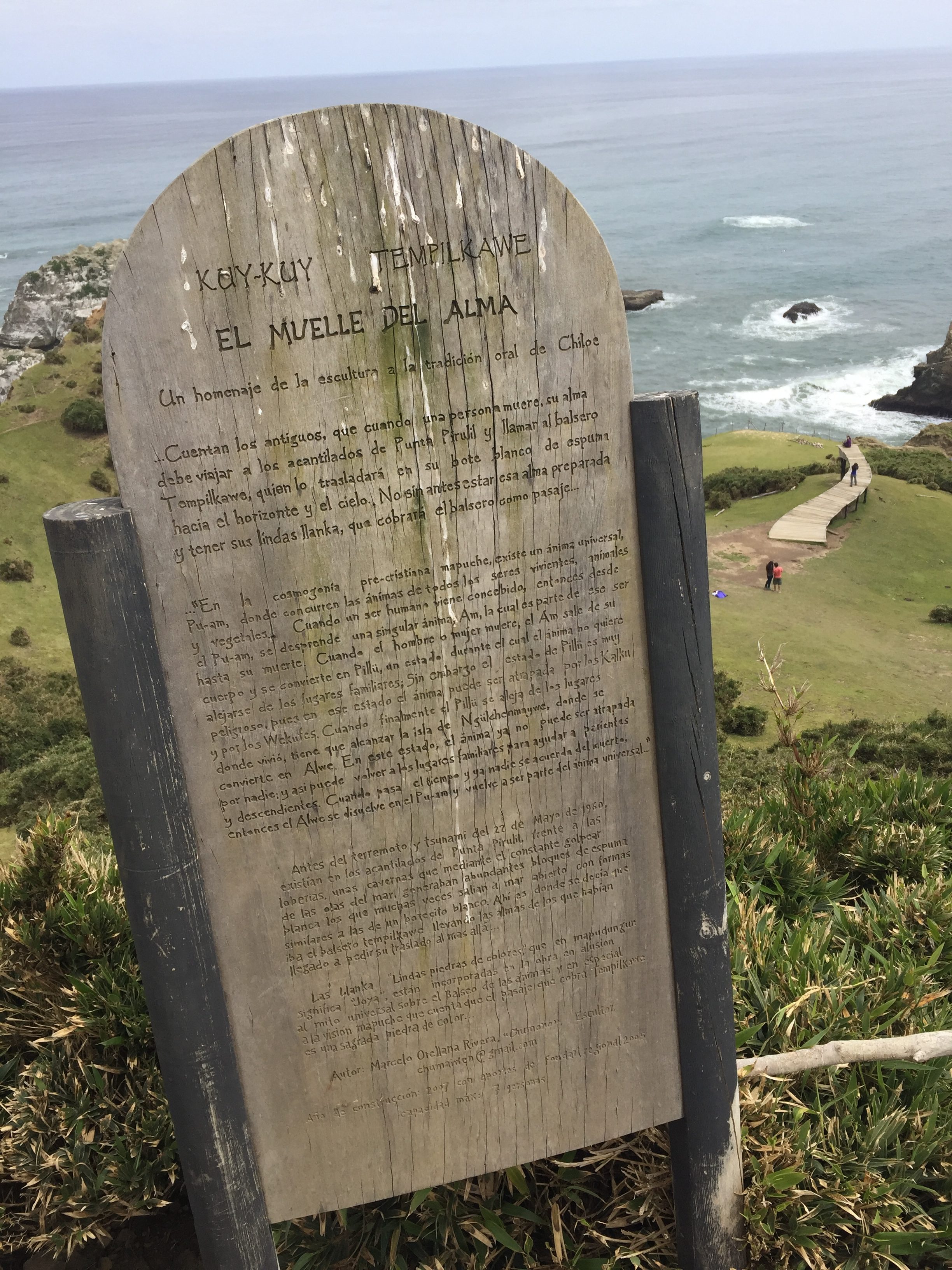
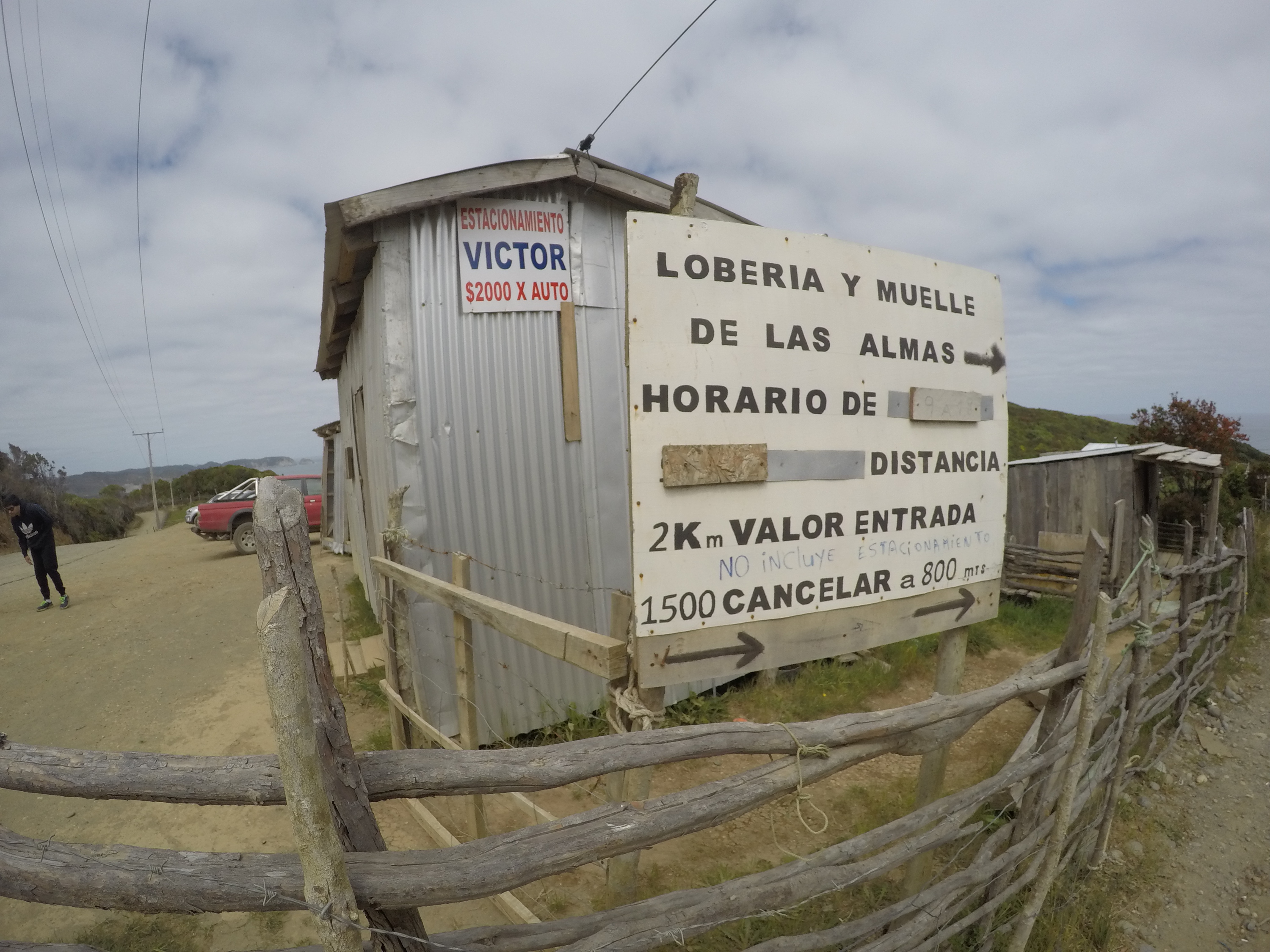
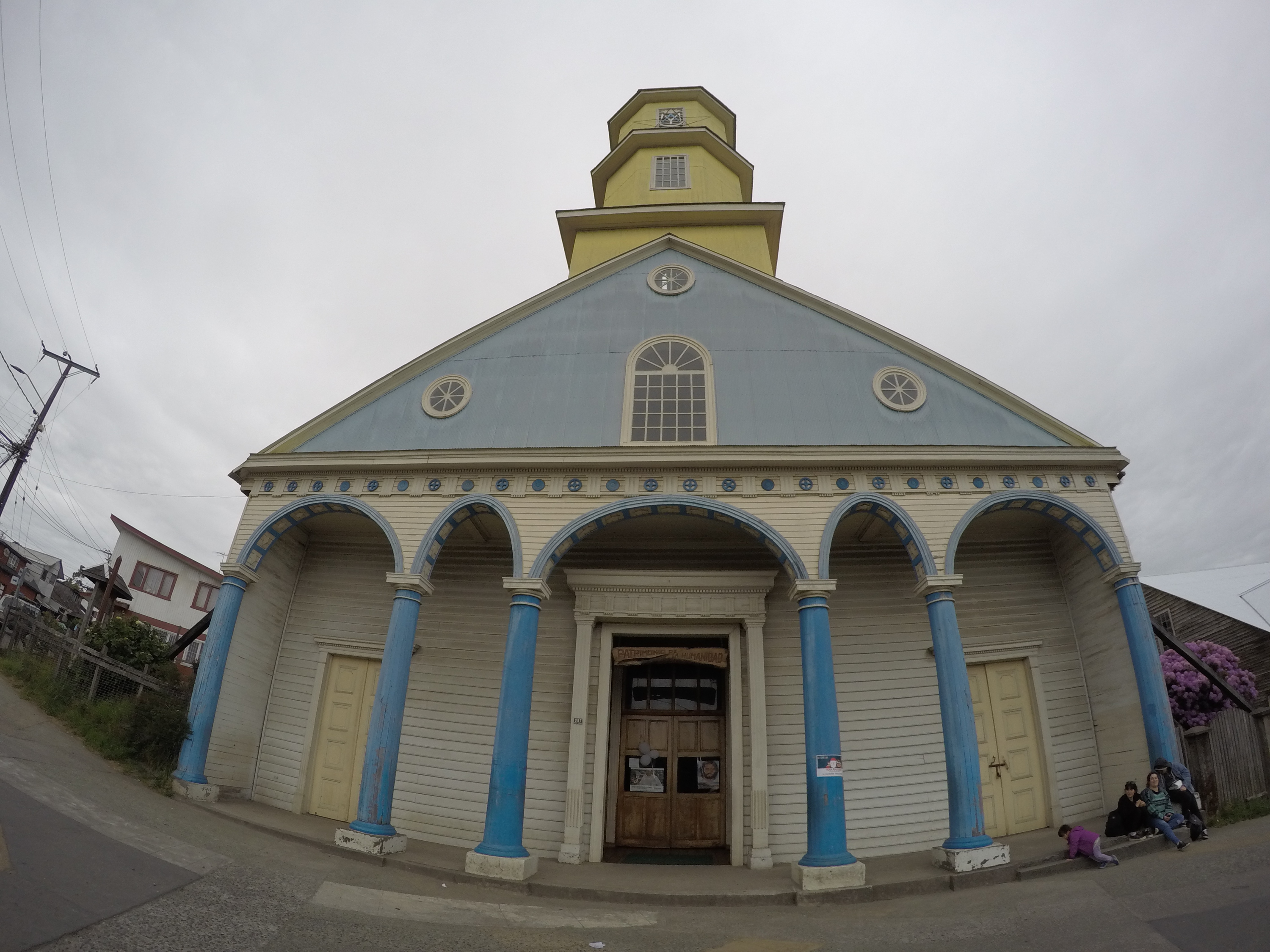
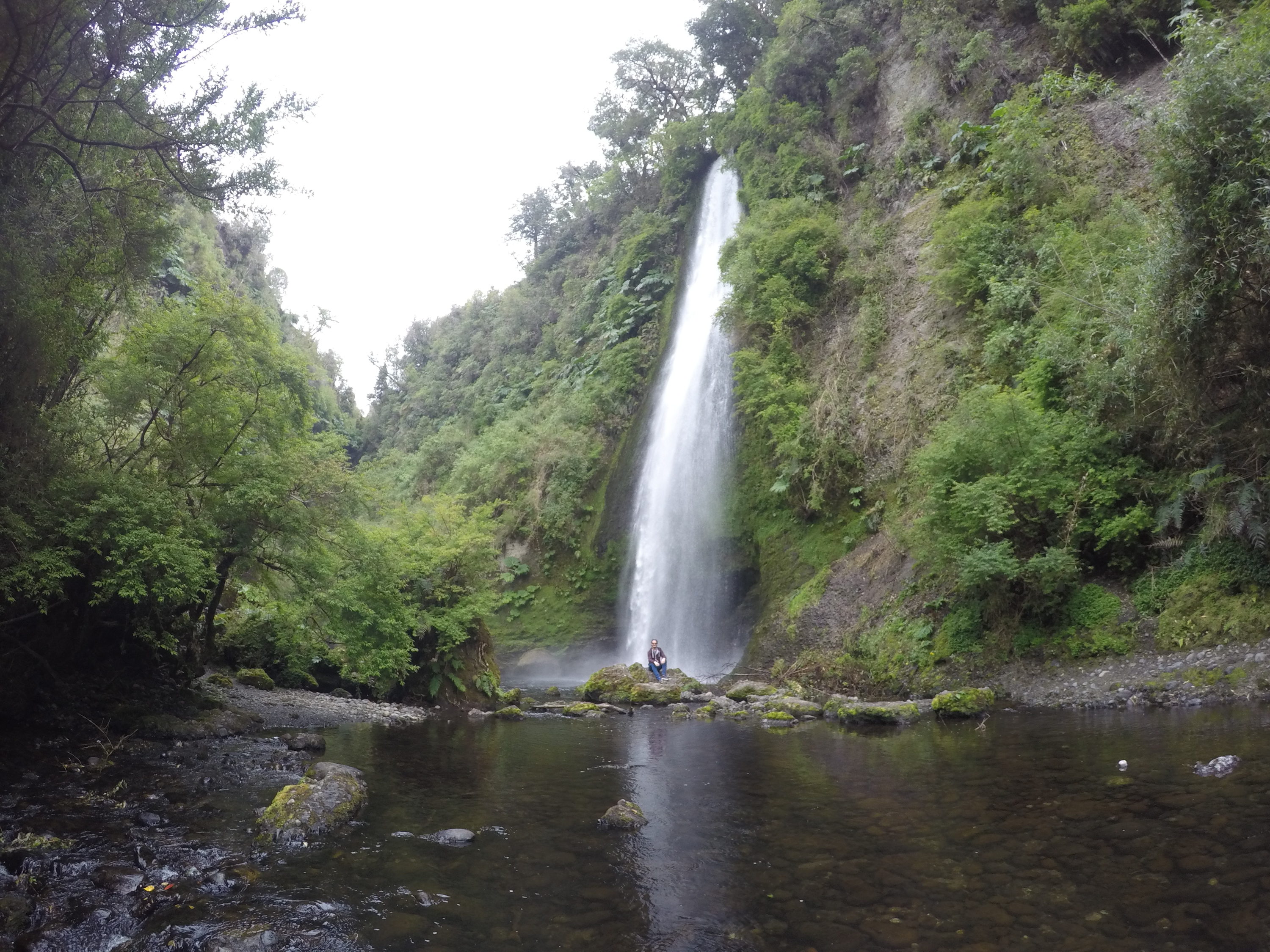
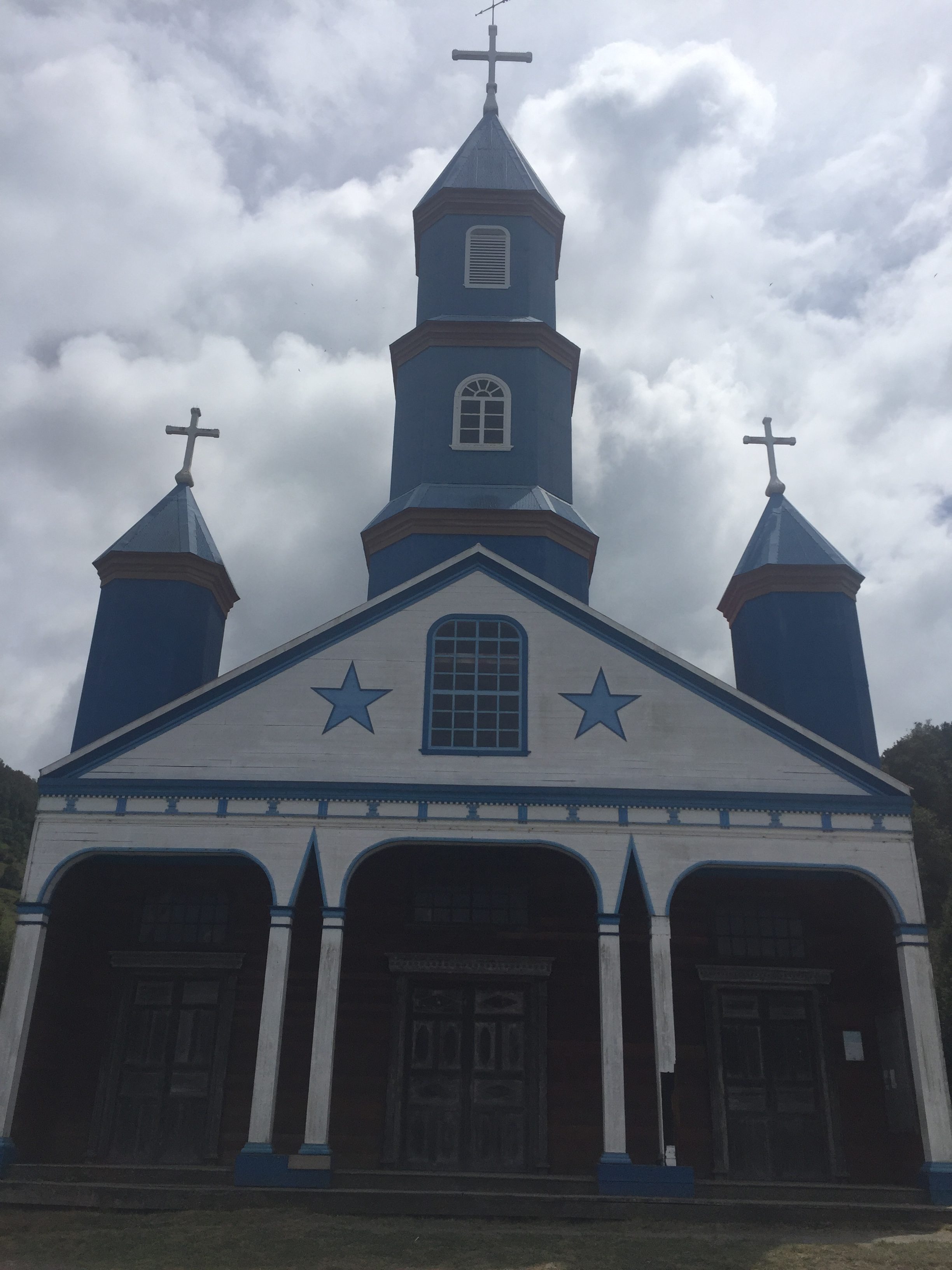
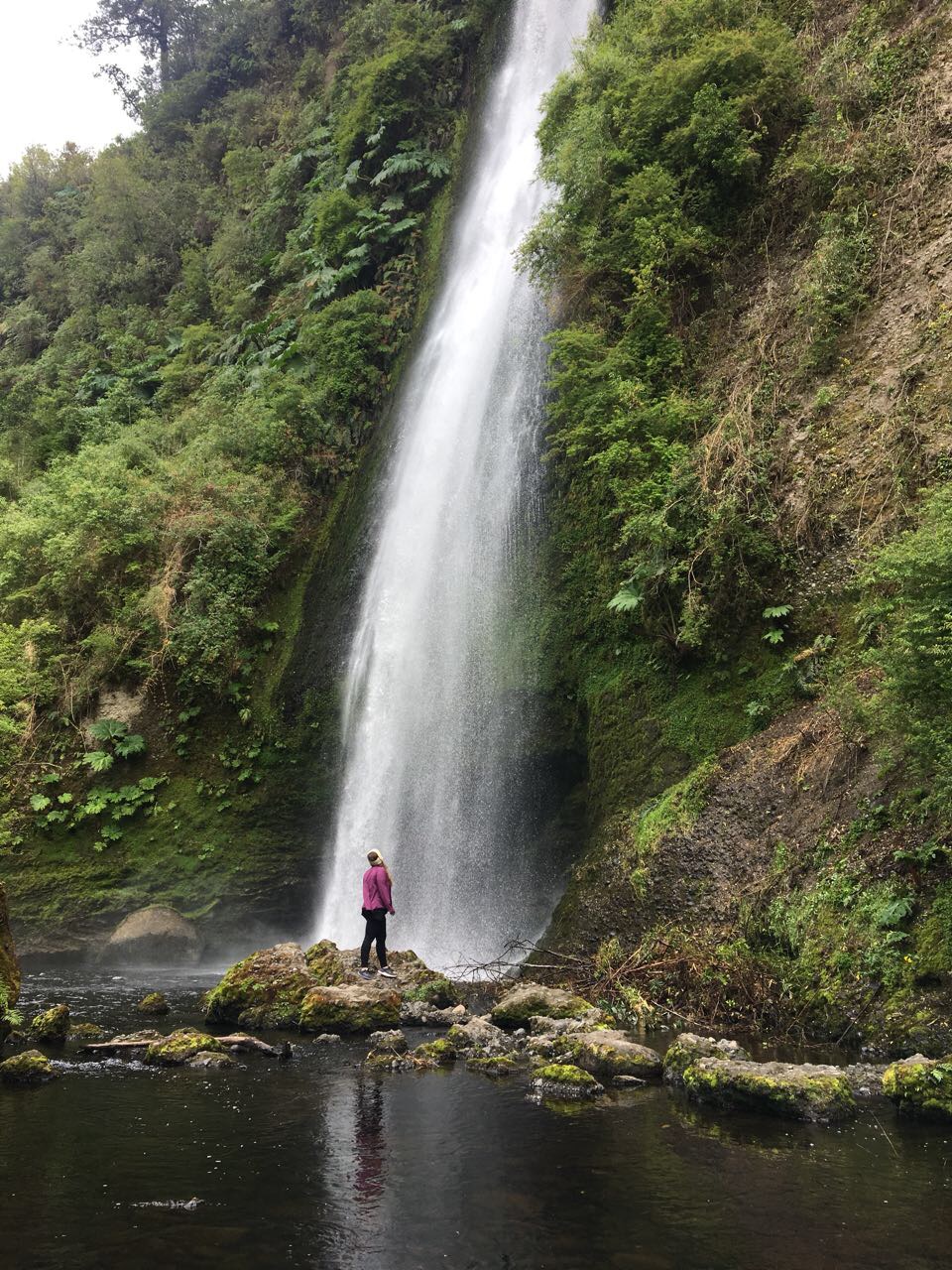
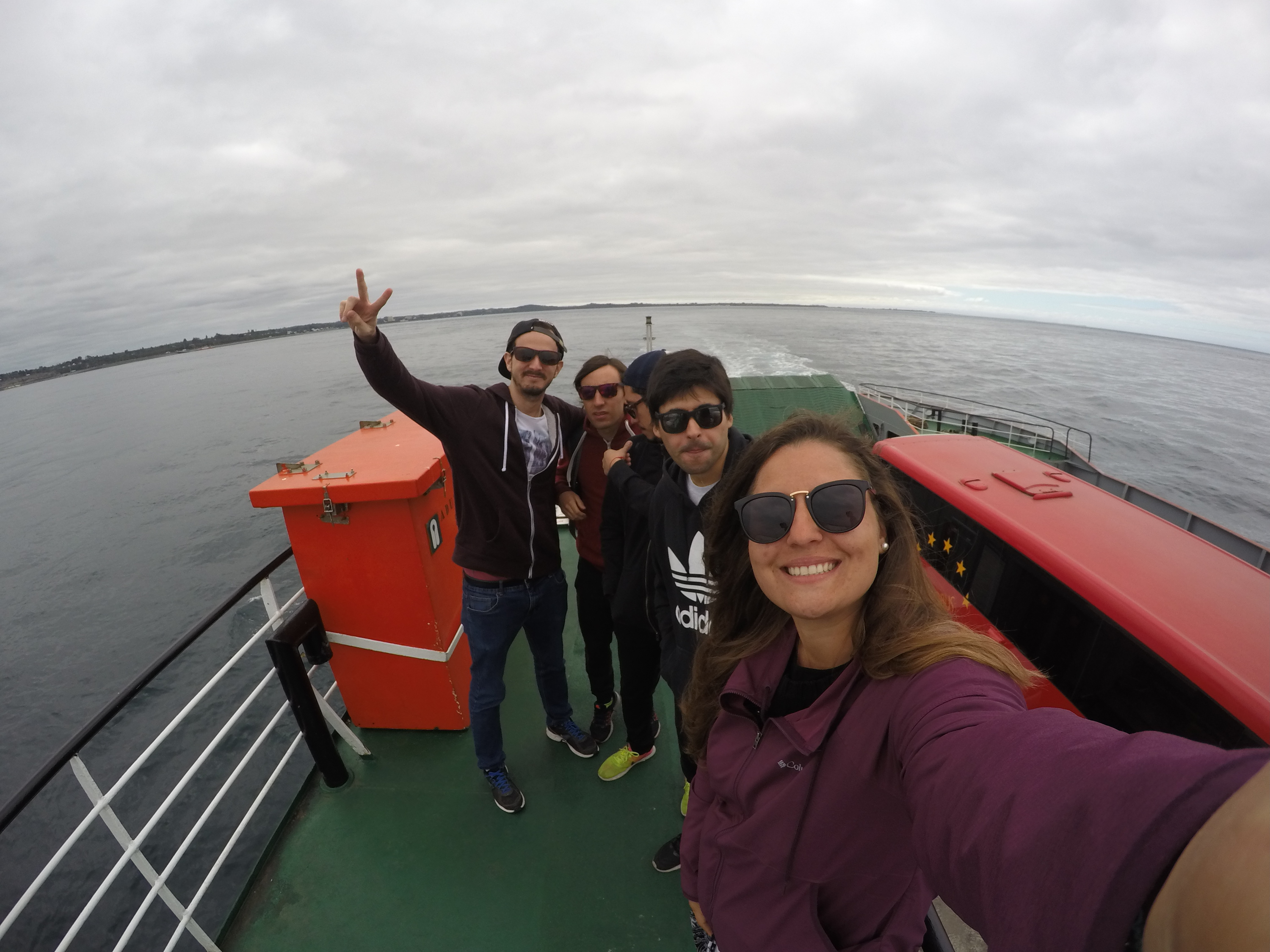
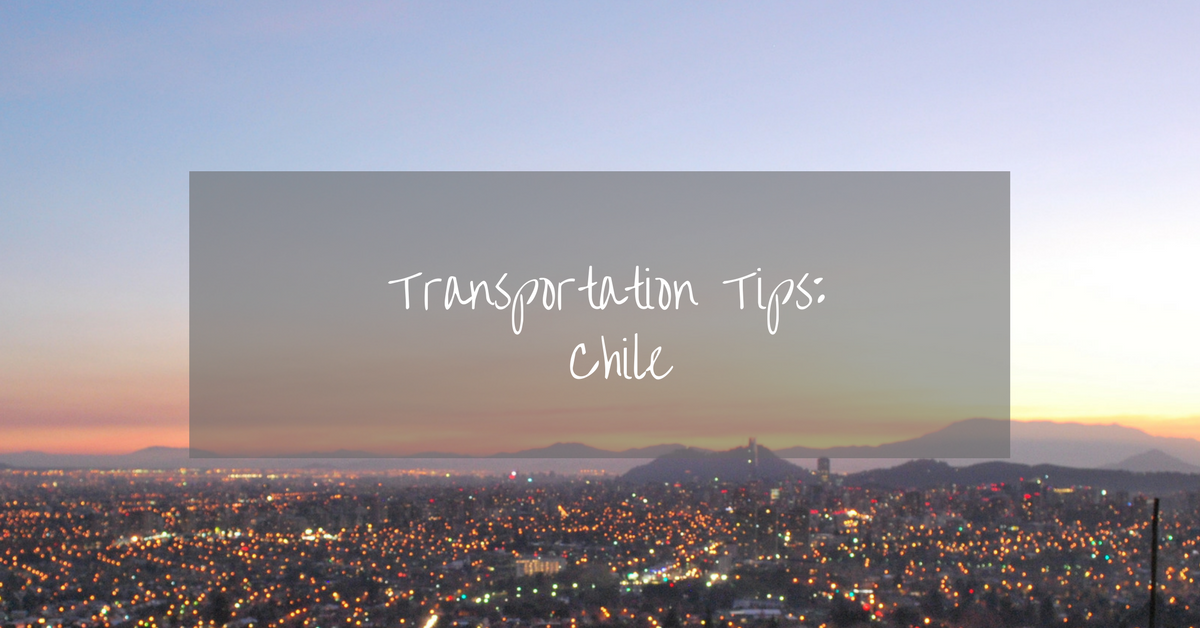
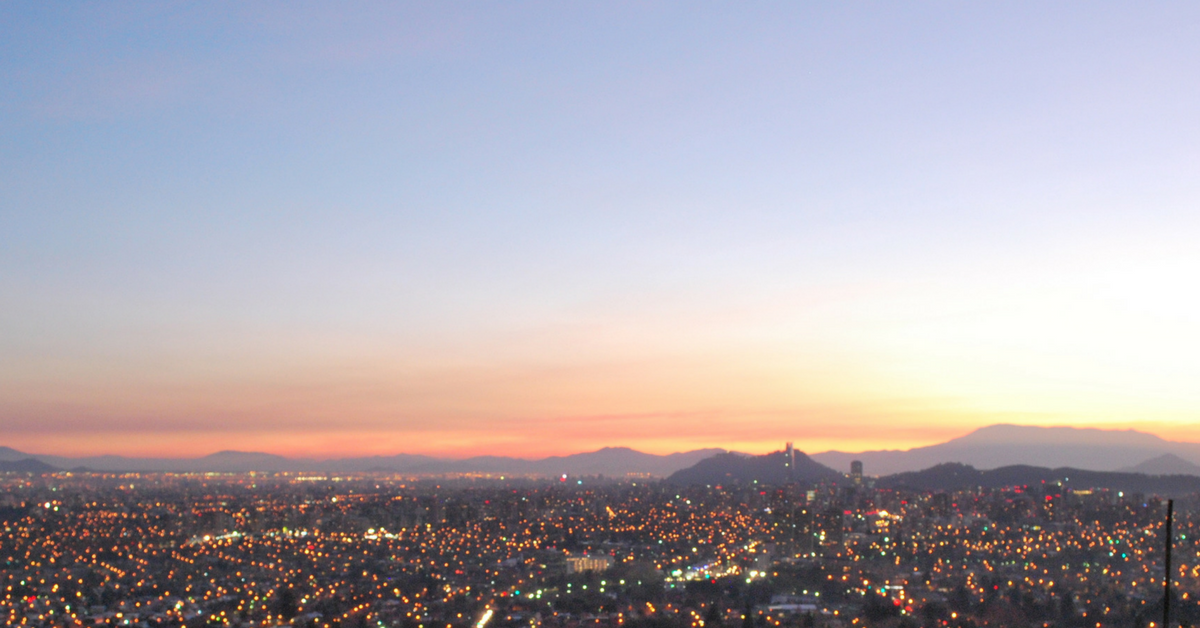 Whether you’re a wild wanderer, a planner, or somewhere in between, it always comforting to know where you’re going. Chile unique geography can be challenging to take on
Whether you’re a wild wanderer, a planner, or somewhere in between, it always comforting to know where you’re going. Chile unique geography can be challenging to take on